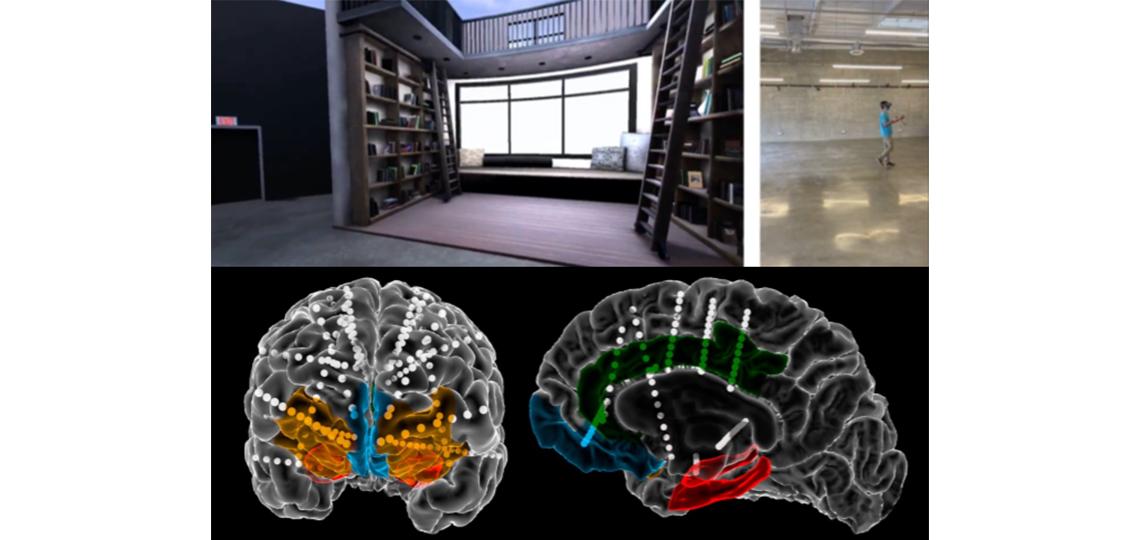| Investigator Names | Sameer Sheth, Kelly Bijanki, Nanthia Suthana, Itzhak Fried, Cory Inman, Ben Shofty, Elliot Smith, Joshua Jacobs, Tim Behrens, Matt Botvinick, Ashley Feinsinger |
| Institutions | Baylor College of Medicine; University of California, Los Angeles; University of Utah; Columbia University; Oxford University; DeepMind |
| Grant support: | NINDS U01 NS121472 |
| Performance period | 06/2021 - 03/2026 |
Goal: To test the hypothesis that human medial temporal lobe and ventral prefrontal cortex encode representations that enable navigation through not just physical but also algorithmic spaces

Study population and setting:
- Eligible subjects include both male and female patients, 10 years of age and older, who undergo placement of intracranial electrodes for clinical characterization of epilepsy. Grounds for exclusion would include inability to understand and follow instructions, or inability to concentrate sufficiently to achieve a high proportion of correct responses
- AdTech Behnke-Fried electrodes recorded with BlackRock neural recording system (Baylor and Utah)
- NeuroPace RNS system (UCLA)
Data generated:
- Data generated at different experimental sites is uploaded to secure online storage and transmitted to a central storage for processing. All data is transformed into a single, unified and documented MATLAB format. Data will be uploaded to DABI (Data Archive Brain Initiative), where our grant is already registered
Resources:
Back to ROH Main Page
Table sorting checkbox
Off

